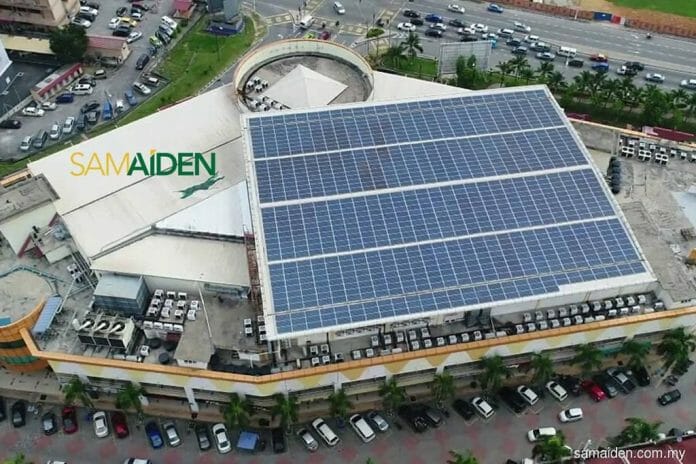Year-on-year, Samaiden Group (SAMAIDEN)’s FY23 revenue increased 13%, mainly attributed to the significant work progression for EPCC jobs especially from LSS projects. However, its core net profit was flattish, weighed down by lower margins from LSS projects.
“We foresee more than 90% of the upcoming RE capacity in Malaysia to come from solar power as it currently dominates the country’s RE sector,” said Kenanga Research (Kenanga) in the recent Results Note.
This projection is supported by the National Energy Transition Roadmap (NETR) as announced by the government recently which sets an ambitious target of RE to make up 31% of total power generation capacity by 2025, and 70% by 2050.
Also, businesses, driven by commercial reasons and ESG considerations, have voluntarily invested in solar energy generation assets following the recent hikes in electricity tariffs and as solar panel prices ease.
This translates to new order books for solar EPCC contractors including SAMAIDEN. Over the immediate term, it is poised to garner a slice of the action of an estimated RM2.4b EPCC jobs under the Corporate Green Power Programme (CGPP).
“Currently, its outstanding order book stands at RM373m which will keep it busy for the next three years. Over the longer term, SAMAIDEN also aspires to become an owner of RE assets, in addition to being an EPCC contractor,” said the research house.
Kennaga raised their Target Price to RM1.67 and maintains the Outperform rating for SAMAIDEN.
“We continue to like SAMAIDEN for the bright outlook of the RE market in Malaysia, its strong market position, being the second largest solar EPCC contractor locally, its ability to provide end-to-end services, including financing, its strong execution track record and its strong earnings visibility backed by a sizeable outstanding order book,” said Kenanga.
Risks to their call include the government dialling back on its RE policy, project cost overrun and liabilities arising from liquidated
ascertained damages (LAD), and escalating cost of inputs, particularly solar panel and labour.









